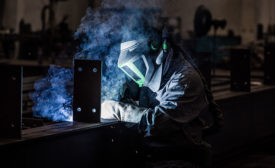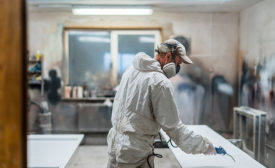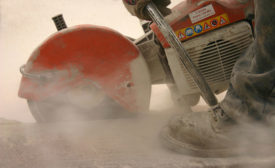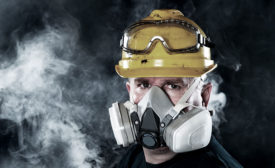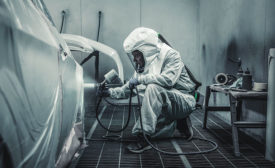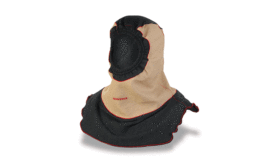Home » Keywords: » respiratory protection fit testing
Items Tagged with 'respiratory protection fit testing'
ARTICLES
Innovative respiratory protection protects welders like never before
You’ve come a long way, baby
April 24, 2019
Respirator fit testing: real-time measurements for safety & efficiency
Finding the right mask match
January 3, 2019
2019 top standards- Critical OSHA Standards
OSHA silica standard
1910.1053 Respirable crystalline silica
January 3, 2019
Become a Leader in Safety Culture
Build your knowledge with ISHN, covering key safety, health and industrial hygiene news, products, and trends.
JOIN TODAYCopyright ©2025. All Rights Reserved BNP Media.
Design, CMS, Hosting & Web Development :: ePublishing

